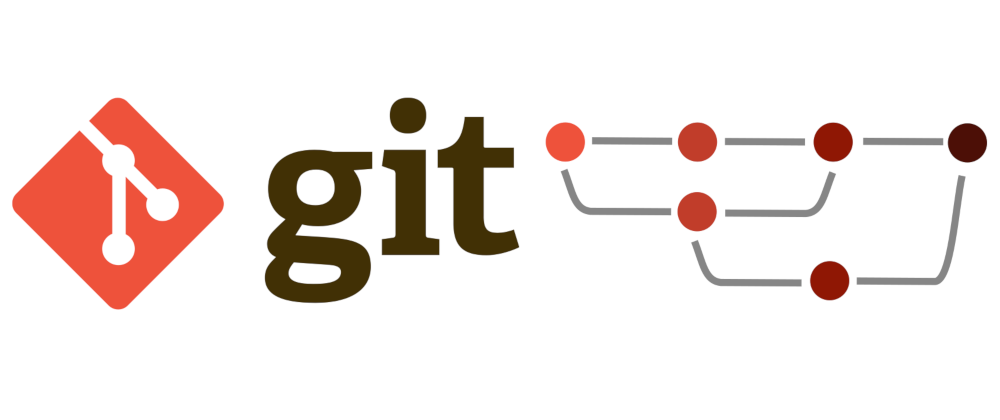Mastering Git Commit Types: A Comprehensive Example in Convention
 Tanmoy Ganguly
Tanmoy Ganguly
In this detailed example, we explored various types of Git commits using the conventional commit format. Each commit type serves a specific purpose, such as adding new features, fixing bugs, updating documentation, and optimizing performance. By adhering to this structured format, developers can maintain a clear and organized version control history, facilitating collaboration and understanding within development teams. Whether it's introducing new functionality, addressing issues, or improving project maintenance, following the conventional commit format ensures concise and comprehensible commit messages, enhancing the overall efficiency and effectiveness of the development process.
A detailed example for each type of Git commit using the conventional commit format:
1. Initial Commit
Description:
The very first commit in a repository. It usually contains the initial project setup, like the base structure and essential files.
Example Message:
feat: add user authentication module
2. Feature Commit
Description:
Commits that add new features to the project. These typically involve adding new functionality or components.
Example Message:
feat: add user authentication module
3. Bugfix Commit
Description:
Commits that address and fix bugs or issues found in the codebase.
Example Message:
fix: resolve issue with user login not working
4. Documentation Commit
Description:
Commits dedicated to adding, updating, or fixing documentation within the project.
Example Message:
docs: update README with setup instructions
5. Style Commit
Description:
Commits that make changes to code style, formatting, and styling without altering the functionality.
Example Message:
style: refactor code to follow style guide
6. Refactor Commit
Description:
Commits that improve the code structure or organization without changing its behavior.
Example Message:
refactor: restructure authentication logic for readability
7. Performance Commit
Description:
Commits aimed at improving the performance of the code.
Example Message:
perf: optimize database queries for faster load times
8. Test Commit
Description:
Commits that add or update tests for the codebase.
Example Message:
test: add unit tests for user service
9. Build Commit
Description:
Commits related to build scripts, CI/CD configurations, or deployment-related files.
Example Message:
build: update CI pipeline for new deployment strategy
10. Chore Commit
Description:
Miscellaneous tasks and maintenance work that don't fit into the other categories.
Example Message:
chore: update dependencies to latest versions
11. Merge Commit
Description:
Commits that result from merging branches. They typically combine changes from different branches into one.
Example Message:
merge: merge branch 'feature/login' into 'main'
12. Revert Commit
Description:
Commits that revert the changes made by previous commits.
Example Message:
revert: revert "feat: add user authentication module"

Using the conventional commit format like this makes it clear what type of change each commit introduces, aiding in project organization and comprehension.
In conclusion, using a structured and consistent commit message format, such as the conventional commit format, greatly enhances the clarity and organization of a project's version control history. Each type of commit serves a distinct purpose, from adding new features and fixing bugs to improving documentation and optimizing performance. By adhering to this format, developers can easily understand the nature and intent of each commit, facilitating collaboration, code review, and project maintenance. Adopting best practices for commit messages not only improves the quality of the version control history but also promotes better communication and understanding within development teams. Whether it's a feature enhancement, a bug fix, or a maintenance task, applying the conventional commit format ensures that every change is clearly documented and comprehensible, contributing to the overall success and longevity of the project.
Subscribe to my newsletter
Read articles from Tanmoy Ganguly directly inside your inbox. Subscribe to the newsletter, and don't miss out.
Written by

Tanmoy Ganguly
Tanmoy Ganguly
I'm Batman